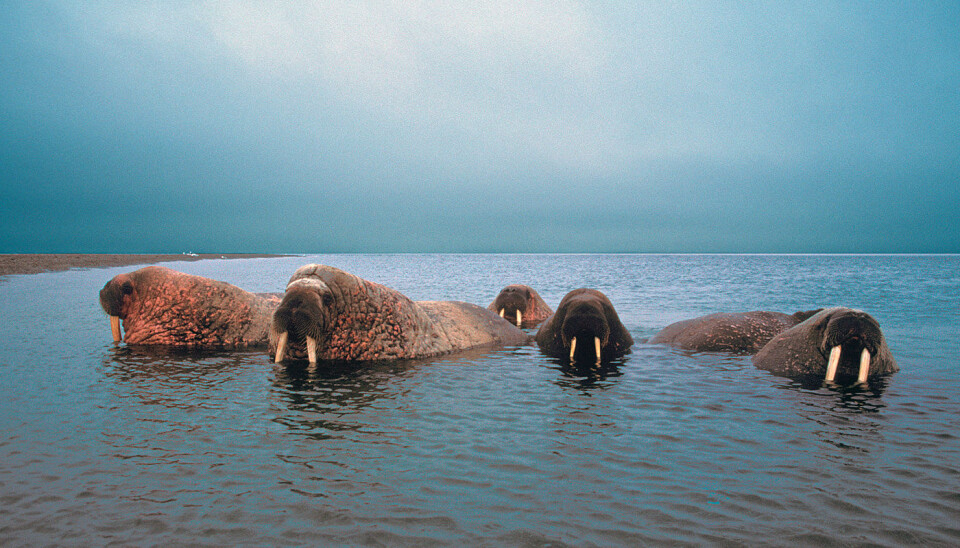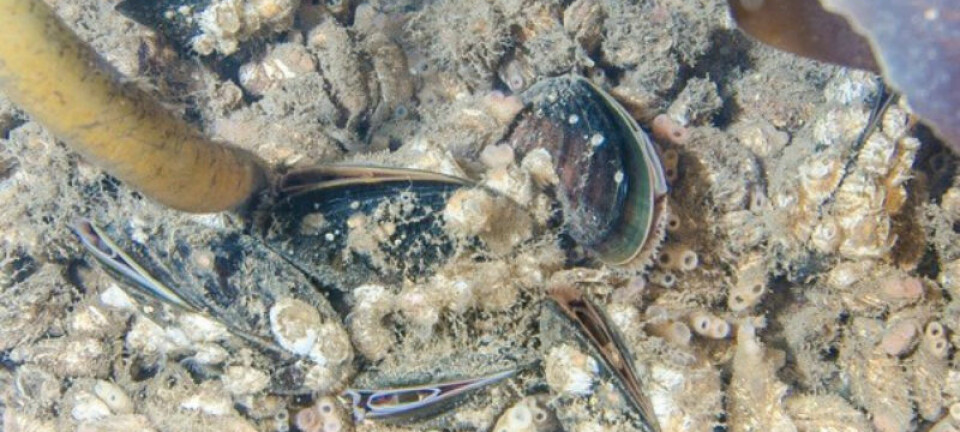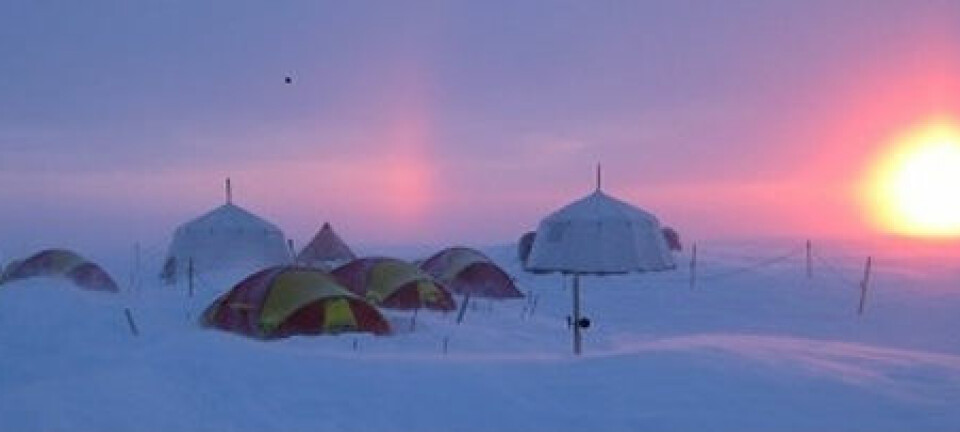An article from Norwegian Biodiversity Information Centre

Red listed species on Svalbard
Red List assessment has been conducted for five groups of species on Svalbard. Overall, 270 species of vascular plants, springtails, freshwater fish, birds and mammals were evaluated. Of these, 71 species were red listed, of which 47 are considered to be threatened.
The geographic area included in the 2010 Svalbard Red List is Spitsbergen and its surrounding islands, as well as Bjørnøya and Hopen. Because we have limited knowledge about a number of species groups in this area, the 2010 Red List only included assessments for vascular plants, springtails, freshwater fish, birds and mammals.
Limited occurrence increases the risk of extinction
For many of the red listed species, Svalbard offers only limited areas with suitable living conditions, which limits species occurrences. This increases the risk of extinction. More than three-quarters of the assessed species are listed because they have very limited occurrences.
Pressures on Svalbard
Climate change and land use changes are the most important pressures of the species listed on Svalbard. It is believed that climate change has a negative impact on 11 of the 71 threatened or near threatened species, while land use changes affect 10 of the species.
For more than 40 per cent of the threatened and near threatened species on Svalbard, no anthropogenic pressures are known, or these influences are assumed to be insignificant.
Changes from 2006 to 2010
Fifteen species on Svalbard have had their Red List category reduced from 2006 to 2010, meaning that they are considered to have a lower risk of extinction. Four of these are no longer on the Red List and are now considered to have viable populations (LC). Conversely, 11 species have been moved to higher categories, including five species that have been added to the list.
In most cases, the reason the category has been changed is new knowledge or because previous data have been reviewed and reinterpreted.
Only two species on the Red List for Svalbard have been assigned to a changed category due to a real population change. These are the Svalbard saltmarsh grass (Puccinellia svalbardensis) and Brünnich's guillemot (Uria lomvia), both of which have been added to the list because of signs of population decline in recent years.
- Of 270 assessed species, 71 (26 per cent) are red listed
- 47 species (17 per cent of assessed species) are in categories CR, EN and VU, and are thus defined as threatened
- 10 species (4 per cent of assessed species) are Critically Endangered (CR)
- 15 (6 per cent) are Endangered (EN)
- 22 (8 per cent) are Vulnerable (VU)
- 24 species (19 per cent) were classified as Near Threatened (NT)
Translated by: Nancy Bazilchuk

































